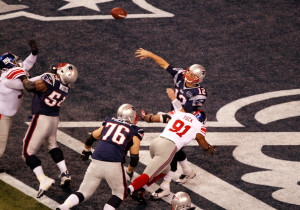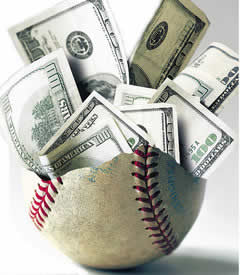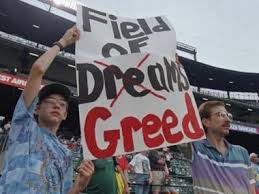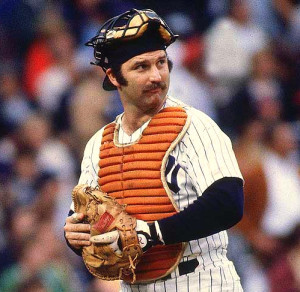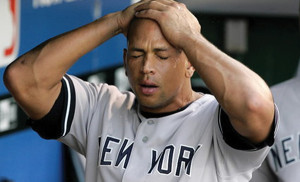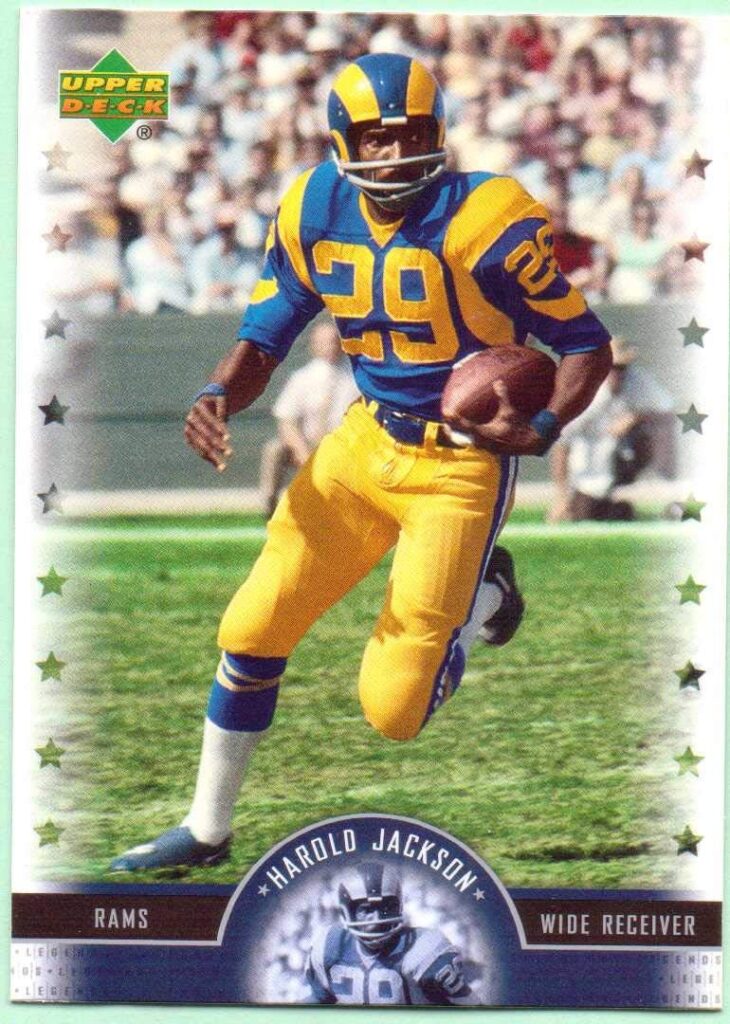Baseball Playoffs Have Feel of the 1980s 12
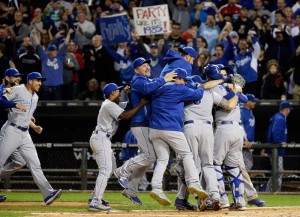
With their first playoff appearance in 29 years, the Kansas City Royals are partying like it is 1985.
If you followed baseball in the late 1970s and early 1980s and then haven’t paid attention for the last 30 years, the teams appearing in the 2014 baseball post season probably don’t seem that strange to you.
Included amongst the squads that will be battling for the World Series Trophy are the World Series Champions from 1979 (Pittsburgh Pirates), 1981 & 1988 (Los Angeles Dodgers), 1982 (St. Louis Cardinals), 1983 (Baltimore Orioles), 1984 (Detroit Tigers), 1985 (Kansas City Royals) and 1989 (Oakland A’s).
Of course, what those of us who have been following baseball for the last 30 years know, is that of these teams only the Cardinals have won another World Series since the 1980s (2006 and 2011) with the 2006 victory coming over the Tigers, who also appeared in the World Series in 2012.
With the exception of the Dodgers, who have made the playoffs seven times since winning the 1988 World Series, and the A’s, who have made eight playoff appearances since losing the 1990 World Series, the other teams in that group have seen some pretty lean times since the 1980s.
No team has waited longer to get back to the post season than the Kansas City Royals.
After making the playoffs seven times and finishing no worse than second during a 10-year stretch from 1976-1985 that culminated with their World Series Championship, the Royals went into a nearly three decade tailspin.
After winning the World Series, the Royals were still generally competitive for the next decade as they had a winning record six times and finished second in their division three times between 1986 and 1995.
However, their second place finish in 1995 came despite a losing record and from that season through 2012 the Royals had only one winning season and five times had a season winning percentage below .400. Despite going from a seven team division to a five team division with realignment in 1995, Kansas City finished as high as third place only three times in 17 seasons. Read the rest of this entry →
